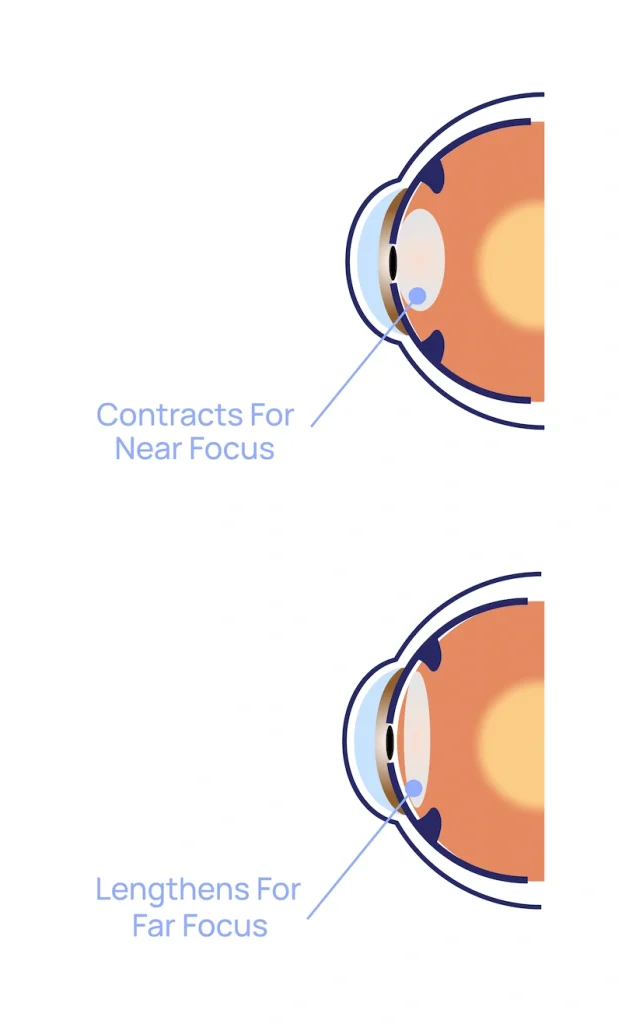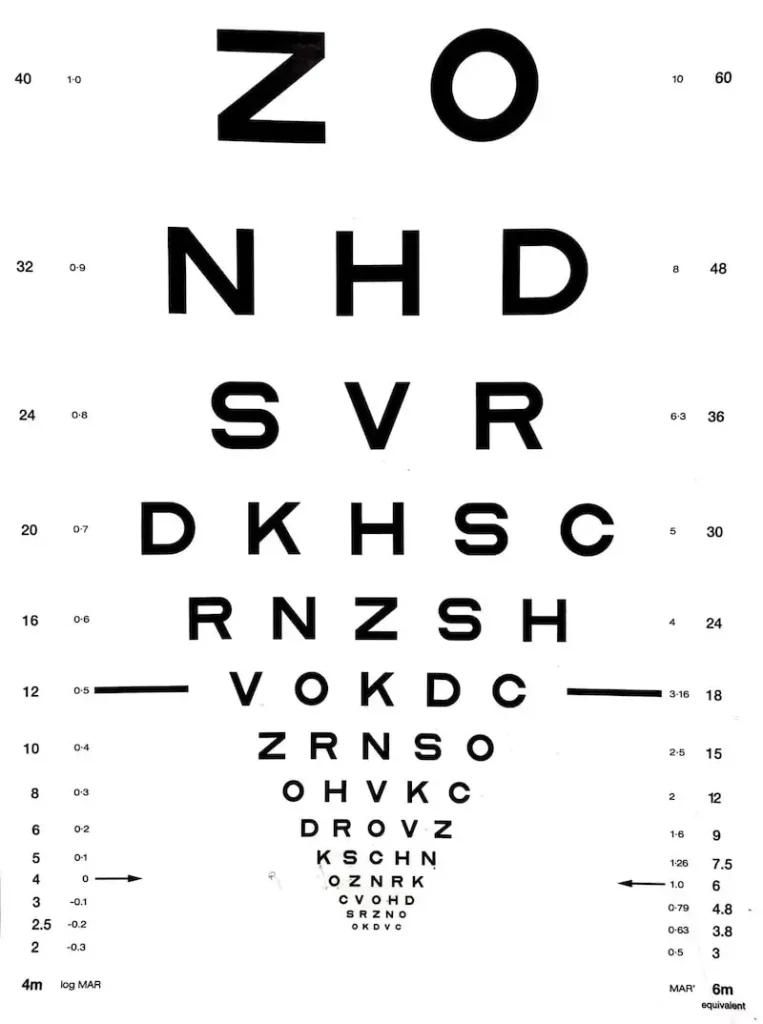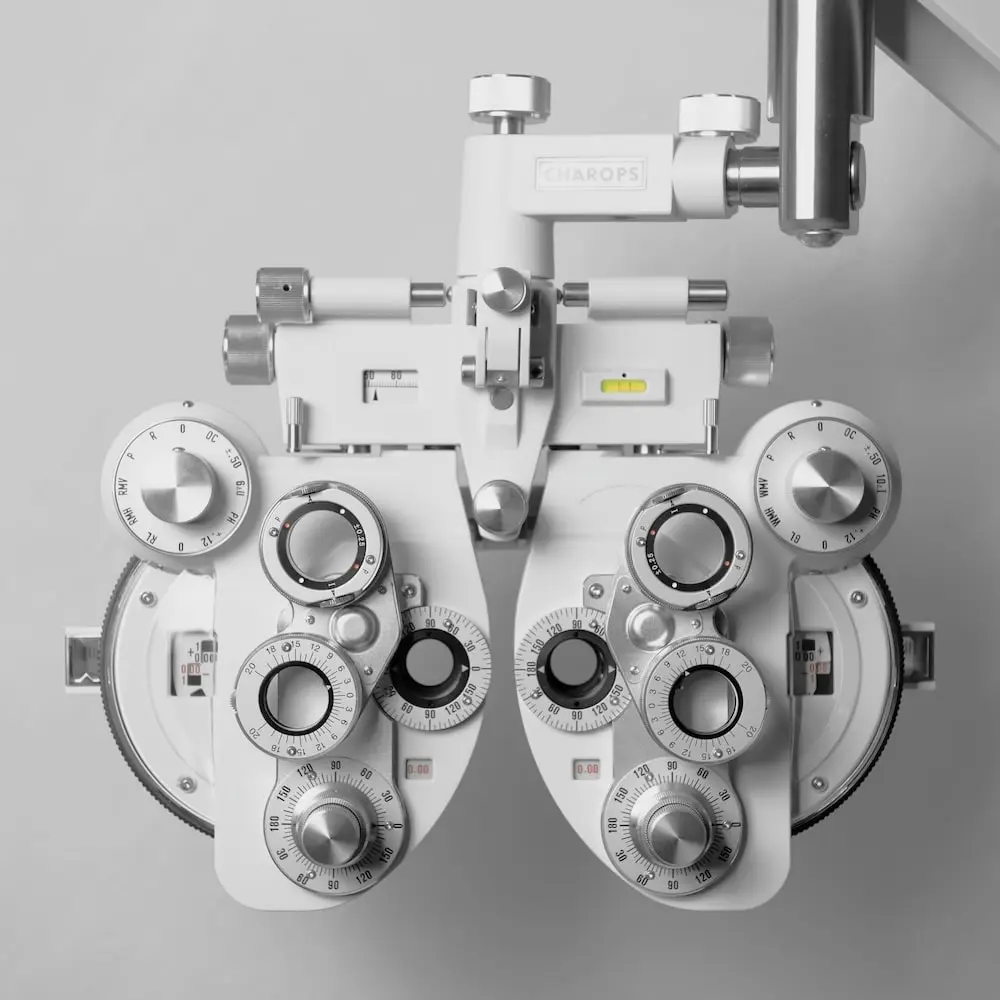Home
Why Choose Us
Meet Our Doctors
Procedures
Cataract Procedures
Refractive Procedures
Cosmetic Procedures
Diabetes Eye Management
Pterygium Procedure
Other Procedures
Testimonials
Media
Cataract Procedures
Cataract Surgery
Cataract surgery is a procedure that replaces a cloudy lens in the eye with a clear artificial lens. It's the most common surgical procedure in the world.
Advanced Cataract Surgery
Advanced cataract surgery is a modern procedure that replaces a clouded natural lens with an intraocular lens (IOL). Using laser-assisted techniques.

Refractive Procedures

Cosmetic Procedures

Diabetes Eye Management

Other Procedures


Learn more

Learn more

Learn more
Providing Exceptional
Eye Care in Los Angeles
When Your Eyesight is at its Best, Everything Becomes Clearer — Literally and Figuratively.

Refractive Lens Exchange
Refractive Lens Exchange (RLE), also known as Lens Replacement Surgery, is an excellent option for patients looking to reduce or eliminate their dependence on glasses or contact lenses.
In some cases, RLE serves as a viable alternative to LASIK, particularly for individuals with extreme refractive errors that fall outside the treatable age range of LASIK or other laser vision correction procedures.
What You Need to Know
Dr. Carlos Montoya M.D. specializes in Refractive Lens Exchange, ensuring optimal outcomes for each patient with personalized care, advanced technology, and cutting-edge techniques.
St. Lucia Eye Center is Dedicated to Helping Patients Achieve Life-Changing Visual Clarity and Freedom From Glasses or Contact Lenses
Benefits
- Can mitigate from having cataract surgery later in life
- Corrects nearsightedness, farsightedness, astigmatism, and presbyopia
- Can eliminate the need for cataract surgery in the future
- Long-lasting vision correction
- Can improve vision at various distances
- Safe for individuals with high refractive errors

What is Refractive Lens Exchange?
During surgery, the doctor replaces the eye’s natural lens with an artificial intraocular lens (IOL). As a result, the procedure corrects various refractive errors and also prevents cataracts from developing later in life by replacing the natural lens before cataracts can fully form.
Symptoms
- Blurry vision at various distances
- Difficulty focusing on close or far objects
- Increasing dependence on glasses or contact lenses
RLE can provide clearer vision across multiple distances, thereby eliminating the need for glasses or contact lenses. In addition, this procedure enhances overall visual clarity, making it a popular choice for individuals seeking more freedom from corrective eyewear.
Symptoms
- Blurry vision at various distances
- Difficulty focusing on close or far objects
- Increasing dependence on glasses or contact lenses
RLE can provide clearer vision across multiple distances, thereby eliminating the need for glasses or contact lenses. In addition, this procedure enhances overall visual clarity, making it a popular choice for individuals seeking more freedom from corrective eyewear.
Causes of Refractive Errors
Refractive Errors
Several refractive errors, including myopia, hyperopia, and astigmatism, can all be addressed through RLE.
Presbyopia
Presbyopia causes difficulty focusing on close objects after age 40. As a result, reading and using a smartphone become challenging.
Early Cataract Development
Gradually forming as the eye’s natural lens clouds, resulting in blurred or diminished vision. As a result, clarity decreases over time.
Age-related Vision Changes
As we age, natural changes to the eye and lens lead to refractive errors or cataracts, therefore requiring vision correction.
High Refractive Errors
RLE corrects extreme nearsightedness or farsightedness that LASIK cannot treat.
Desire to Eliminate Cataract Surgery
This procedure replaces the lens entirely, eliminating the need for future cataract surgery.

We Believe That Everyone Deserves to Enjoy Life With Clear Vision
Dr. Montoya will evaluate your eyes to determine the best treatment plan. Consequently, he will confirm your suitability for Refractive Lens Exchange.
What to Expect From Your Consultation
Eye exams and imaging are conducted to assess the condition of your eyes, refractive errors, and early cataract development, ensuring suitability for RLE.
Comprehensive Eye Exam
An eye exam assesses the refractive error and overall health of your eyes, including the presence of early cataracts.
Intraocular Lens Measurement
Measurements are taken to determine the appropriate intraocular lens (IOL) for your vision needs.
Corneal Topography
Mapping of the corneal surface helps determine the best IOL for optimal visual outcomes.
Detailed assessments of refractive errors, eye health, and cataract development are crucial for a successful RLE procedure.


When Do You Need RLE Surgery?
RLE is ideal for individuals experiencing difficulty seeing clearly at multiple distances, particularly those who are beginning to develop cataracts or have advanced refractive errors that cannot be corrected with LASIK.
Are you a Candidate?
- Individuals aged 40-50 experiencing refractive errors
- People with early-stage cataracts
- Those dealing with presbyopia and seeking a long-term solution
- Patients who wish to reduce their reliance on glasses or contact lenses
Timing
The procedure takes less than an hour, and recovery time is typically short.
Driving Requirements
Temporary blurred vision may require a driver for the first day after surgery.
Scheduling
Most patients can return to work and light activities within a few days, with significant improvement in vision within a week.
How Well Do You Want to See?
Types of Intraocular Lens
During cataract surgery, the doctor removes your cataracts and replaces them with an artificial intraocular lens (IOL). The good news is that you have many options to ensure you see the best!
Advanced Toric Lens
These lenses are designed for patients with astigmatism, a condition caused by an irregularly shaped cornea or lens that results in blurred or distorted vision. Toric lenses address astigmatism during cataract surgery, enhancing vision clarity and reducing the need for glasses.
Advanced Multifocal Lens
Multifocal lenses allow most patients to see far, intermediate, and near distances without needing glasses. Over 90% of patients rarely or never use glasses after getting these lenses, though mild halos at night may occur.
Advanced Extended Range Lens
A balance between single-focus and multifocal lenses, offering clear distance and intermediate vision without halos or glare. Ideal for patients who prioritize sharp vision while using reading glasses for close-up tasks.

